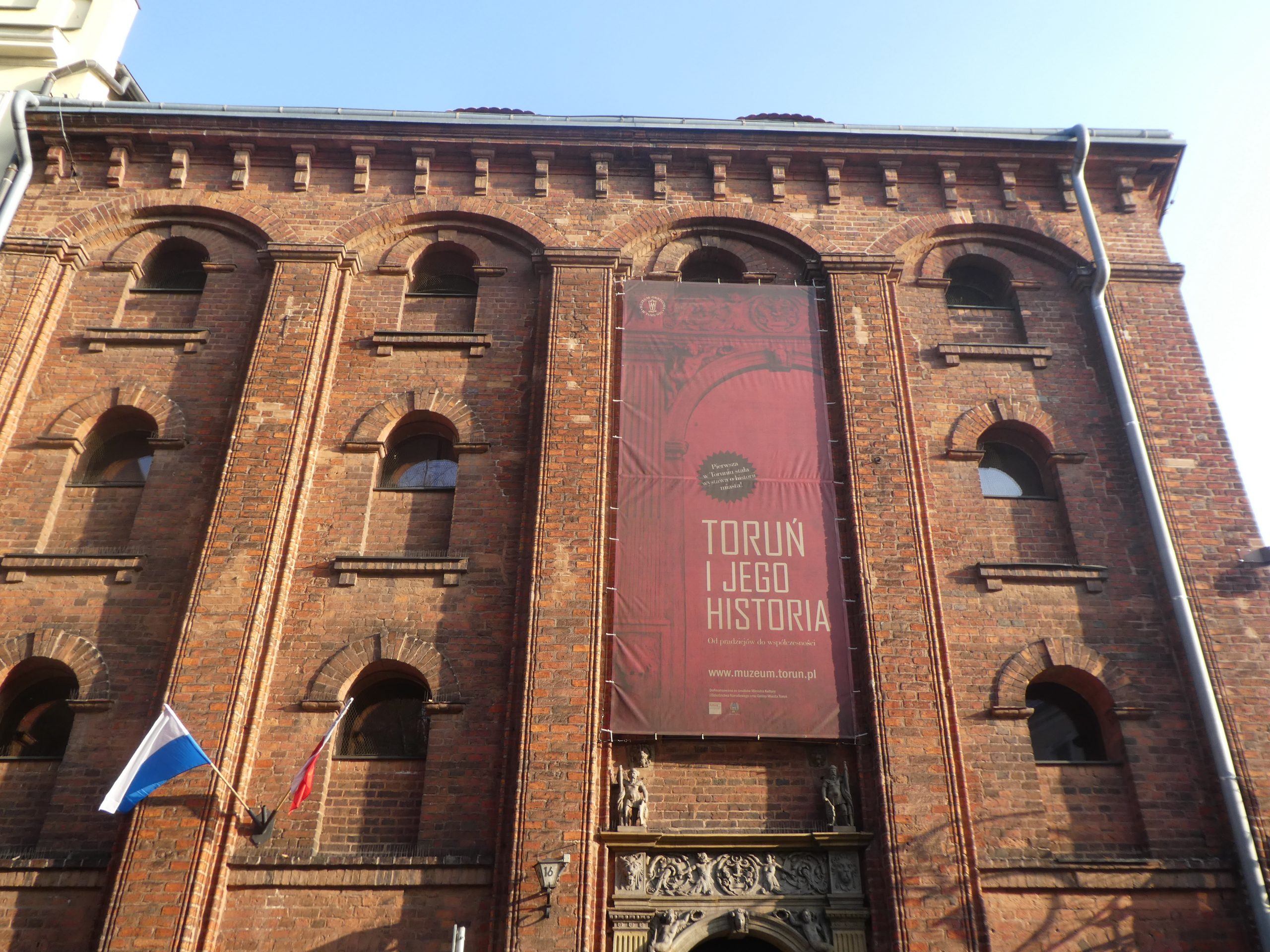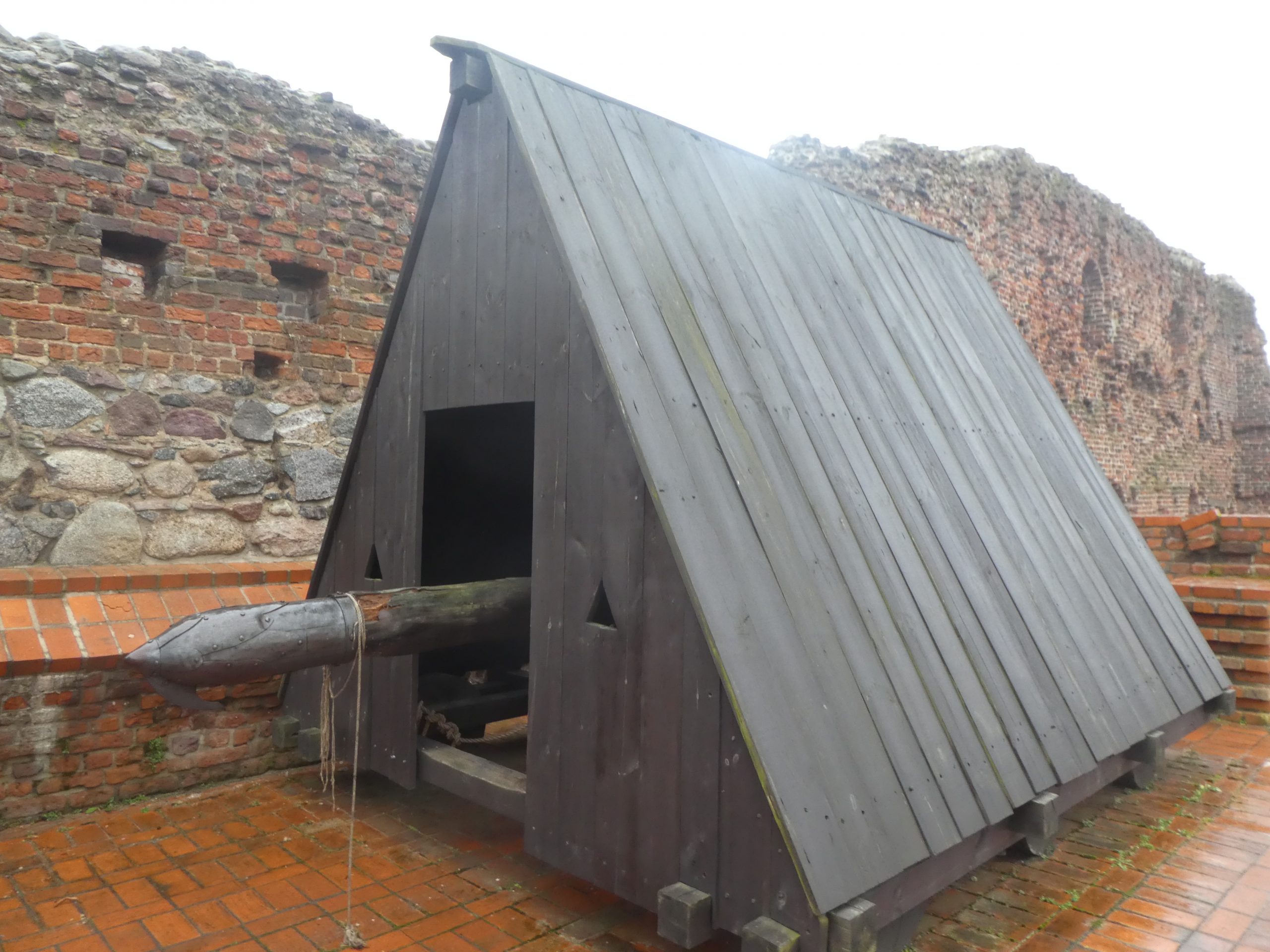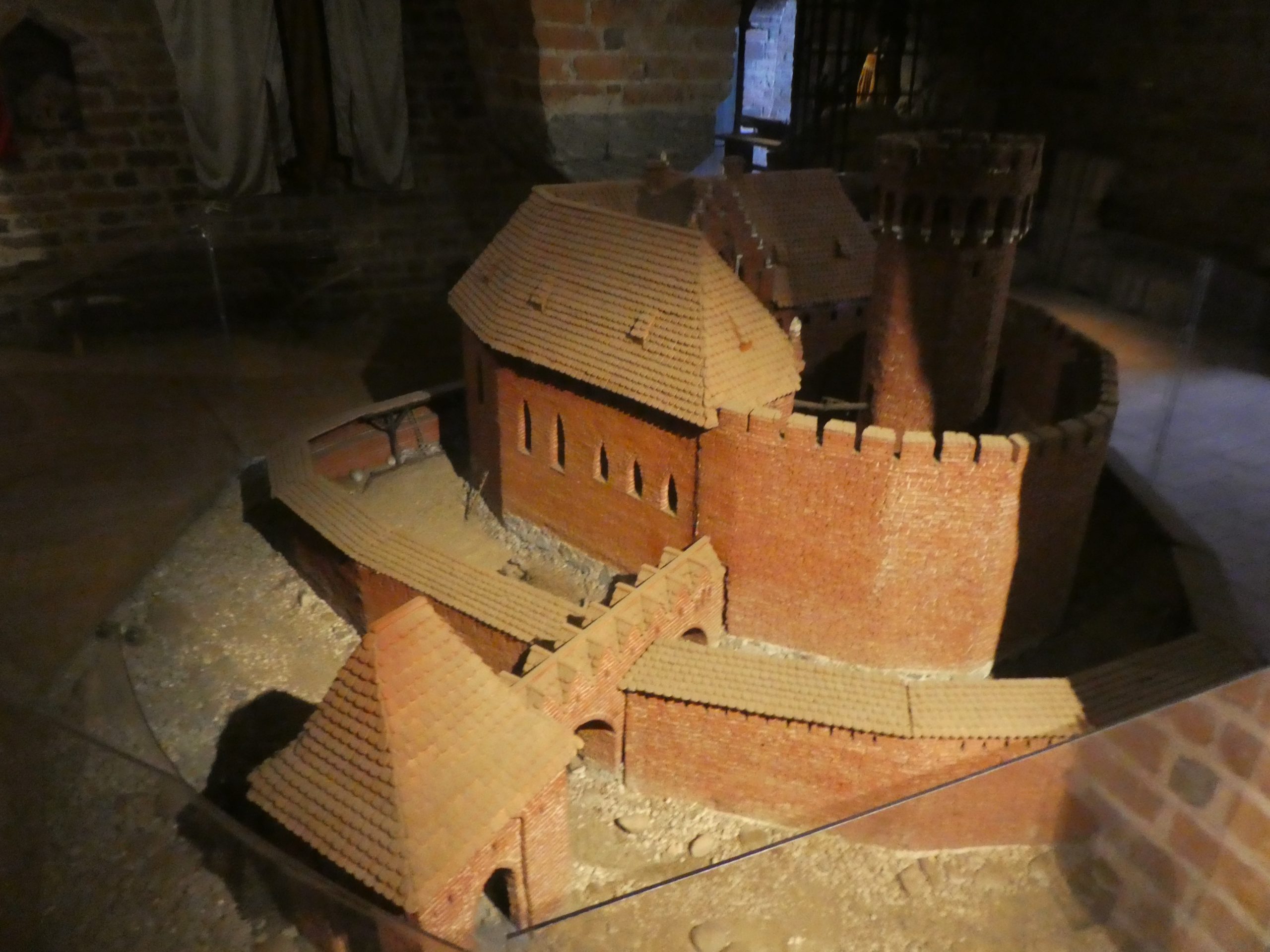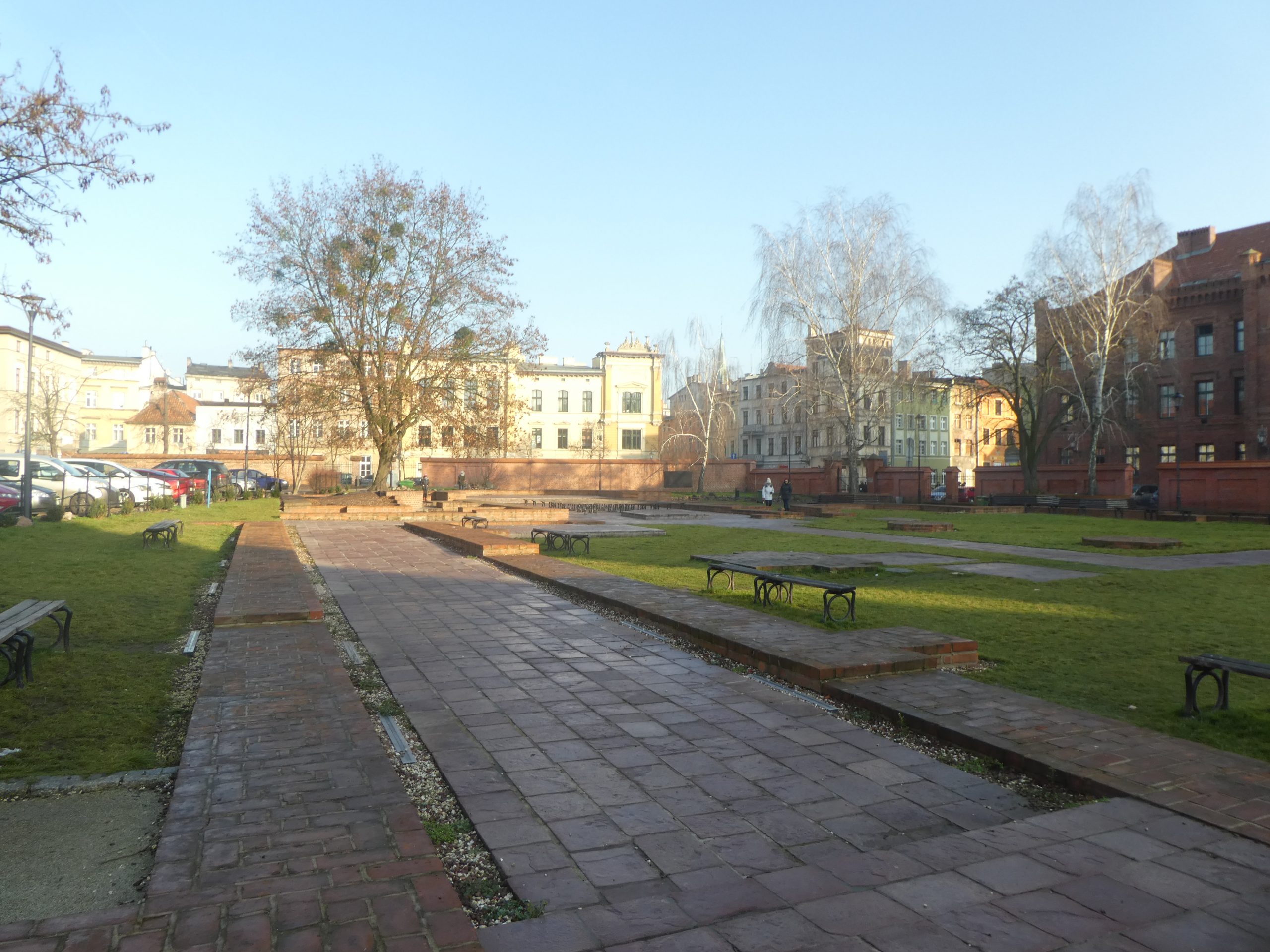Torun – Museum of the History of Torun
I wasn’t overly impressed by the Copernicus museum when I visited yesterday, I thought that the technology was badly used and the curatorship seemed weak. The Museum of the History of Torun seems to be run by the same overseeing organisation, so my expectations weren’t particularly high.
The museum was though a tour de force of curatorship and technology, which felt professional throughout. Someone has worked out the signage, everything is in order and the displays are all accessible. There’s also a reasonable amount of technology, all working well and all adding something to the displays. And, the small display on Copernicus was presented so well that I managed to find out numerous things that I hadn’t known, despite visiting a museum dedicated to him the day before.
The tour starts downstairs in a room with a large screen and there’s opportunity to watch around 15 different videos. The only slight limitation with this is that you have to select a language, so if there are multiple visitors then it’s a bit awkward trying to hog the controls. But it didn’t matter for me, I was the only one there.
This is clever, the arrow changes depending on which direction you’re approaching it from. This is useful as there’s a bit of a double-backing needed to ensure visitors get to where they need to be and I’ve never seen this use of technology before.
Some stone bricks from Torun Castle which was built by knights from the Teutonic Order. The knights irritated the locals and it got pulled down in 1454, but it’s nice to see some remnants from it. The ruins of the castle do still exist, which I hope to visit at some point over the next few days.
The signage on these says that they’re copper slices, but I think these are what I would call copperplate and they may have been found on a shipwreck.
The two white things are pawns from a game, along with keys and knives. The item in the top left is a rattle.
A coat of arms for Torun, dating from the nineteenth century.
A door from a house on Rynek Staromiejski 9, which dates back to around 1630 until 1640.
A 1969 bust of Lenin.
I thought that this museum was well put together and represented excellent value for money at just over £2. There’s plenty to see in the rooms and perhaps one of the few limitations was that the information about some of the exhibits was just a little lacking in detail. The building that the museum is located in has some considerable heritage as well, originally constructed as a tenement house for the Esken family, which was later turned into a granary.
There’s an impressive amount of text in the rooms, something that I like as visitors can decide whether they want to read it or not. The staff were friendly and I left the museum feeling that I knew a lot more about the history of Torun.











